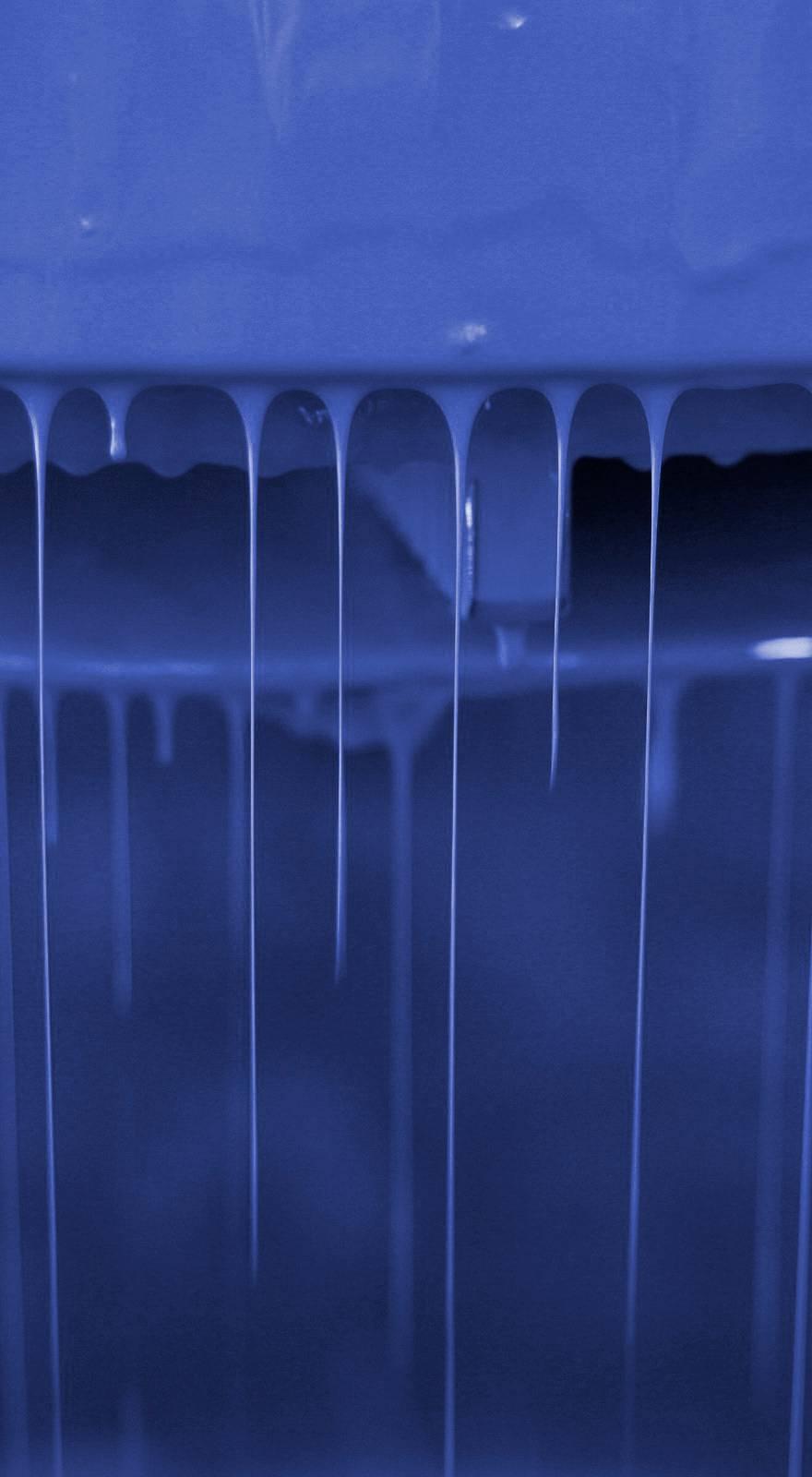Knowde Enhanced TDS
Identification & Functionality
- Chemical Family
- Product Type
- Technologies
- Product Families
Features & Benefits
- Labeling Claims
- Ready-to-Use Product Features
- Benefits
- Exceptional durability and abrasion resistance
- Ultra-low coefficient of friction; High Lubricity
- Minimization of “slip-stick” issues
- Chemically Inert; Autoclave stable
- DryFilm Technology: Clean, Non-oily, Non-migrating
- Eliminates build-up and fouling
- Stable to all forms of sterilization
- Full Back Integrated raw material manufacturing; Guarantees 100% consistency lot-to-lot
- Medical Device Coating
Our next-generation medical device coating allows manufactures to provide improved, reliable, and consistent performance. Our coatings utilize proprietary fluoropolymer resin and binder technology deliver superior adhesion and durability in a operator-friendly water-based, non-Chromium-Cr(VI) system. Miller-Stephenson’s ShieldSys SB medical device coating provides excellent adhesion and corrosion protection on a variety of substrates (including low-temperature metallic alloys, high temperature plastics, etc) while maintaining an extremely low coefficient of friction. These coatings are the path forward for companies who want to stay ahead of the Regulatory restriction of Chromium-6 while enhancing consistency, surface adhesion, and minimizing coefficient of friction. From scalpel blades to
Applications & Uses
- Applications
- Application Method
- Cure Method
- Water-based Formulation, Easy Application, Thin-Film Technology
ShieldSys™ SB is formulated to provide unmatched utility and performance on numerous medical device and tool applications which require a dry film, highly lubricious, and anti-fouling surface coating.
Surface Preparation
Surface preparation is important for all application methods. All surfaces should be clean and dry before ShieldSys™ SB dispersion’s are applied. Controlling surface roughness improves coverage, especially in air-dried applications; a smooth surface can improve results. Properly applied, ShieldSys™ SB dispersion coatings are not affected by water or other materials with which they come in contact.
Application Methods:
- Dipping: Dipping is useful for coating small devices, tips, and scalpel blades. Coatings levels are determined by concentration of solids, rate of withdrawal, and number of applications. A single application is typically sufficient.
- Brush: This method is especially useful in coating continuous surfaces such as rods, tubes, or flat sheets. In addition, wiping and brushing are ideal for coating specific areas of a larger part.
- Spraying: Dilution with DI water is typically necessary. Spray coating can be performed by any equipment which can generate fine atomization and deposit uniform, light coats of material.
Melting-Coating for Improved Adhesion:
Adhesion of the coating can be improved by melting the deposited solids. After the dilute dispersion’s are applied and the solvent is allowed to evaporate at room temperature, the surface can be heated to fuse the coating. The temperature for heat-curing the coating is 340–360°C (644–680°F). When melt-coating ShieldSys ™ SB dispersion’s, provide adequate ventilation. Heat-curing the coating is completed as follows:
- Measure the surface temperature directly with a thermocouple. You may observe a change in coating appearance, which may alter initially from an opaque white to a darker, translucent look and then appear clear and wet.
- Maintain the temperature of the coated surfaces (not the temperature of the ambient air) at the correct temperature for 5–10 minutes.
- If a white residue is left on the metal surface, buff with a soft cloth
- Applications
ShieldSys™ SB Substrate Applications
- Plastics
- Resins
- Acrylics
- Urethanes
- Nylons
- Rubbers
- Phenolics
- Polycarbonates
- Polystyrene
- Elastomers
- Stainless Steel
Compatible Metal Substrates
- Copper
- Aluminum
- Nitinol
Properties
- Odor
- Slight
- Appearance
- White particle suspension
- Physical Properties
| Value | Units | Test Method / Conditions | |
| Specific Gravity (25°C) | 1.58 | g/ml | — |
| Primary Polymer | Fluoropolymer | — | — |
| VOC | Exempt | — | — |
Packaging & Availability
- Sizes Available
Quart, One Gallon, 5 Gallon, and 55 Gallon Drum

